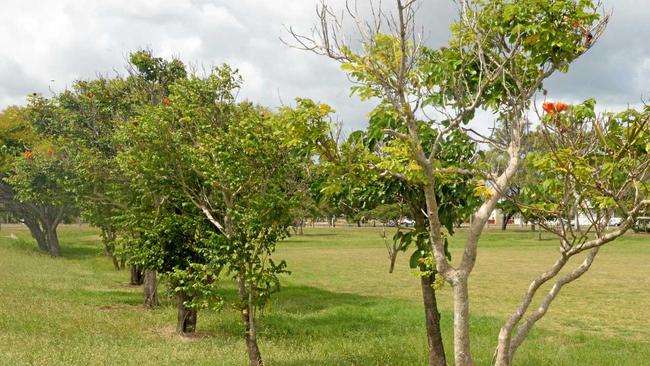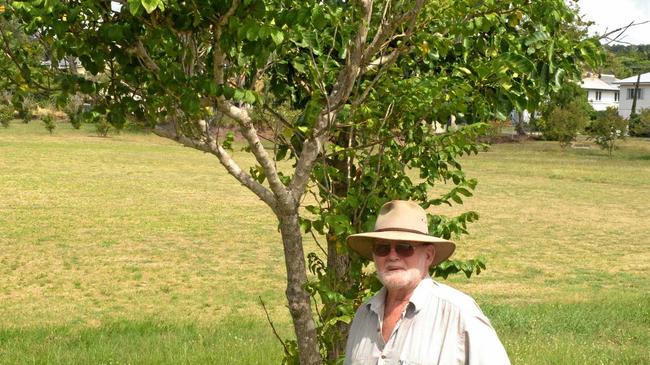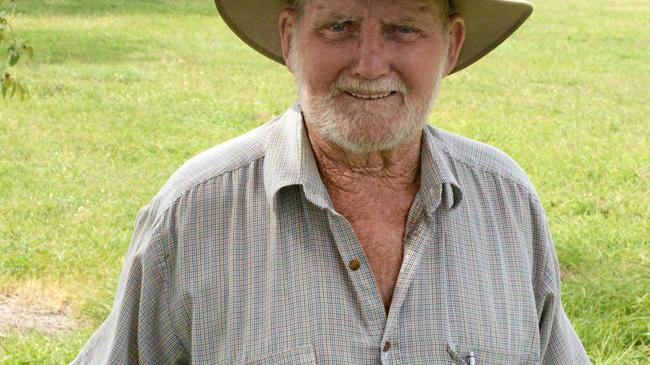Local council trees are killing our bees
African tulip trees are extremely harmful to native stingless bees and a public safety hazard

Community News
Don't miss out on the headlines from Community News. Followed categories will be added to My News.
Retired builder Arthur Cranston has been waging a war against alien species for ten years.
When he lived next to a patch of scrub in St Lawrence he noticed the native bees were stuck and dying in the orange-red flowers of the African tulip tree (Spathodea campanulata) in his front yard.

After his research confirmed it is listed among the top 100 worst invasive species in the world, and a lethal threat to our stingless bees, he approached the Isaac council to cut it down.
They denied his request at first but, armed with its DPI listing as a Class 3 pest, Mr Cranston won the right to remove it.
Five years ago, he moved to the Rockhampton suburb of Wandal and was horrified to learn how many African tulip trees are growing on the nature strips around his home.
From his front door he can see six medium sized trees planted on Western Street and has spotted more along the road between the airport and the hospital.

Mr Cranston says he approached the Rockhampton regional council two years ago to raze them but he didn't get a response.
He says he's "sick of waiting” for a response and he wants readers to know the local council is killing our bees.
"I want to preserve what we did have and we don't have any more,” he said.
The Department of Agriculture and Fisheries website confirms the Spathodea campanulata is a "serious environmental weed in Coastal Queensand where they are highly invasive and form dense stands in gullies and along streams, crowding out native vegetation.”
"African tulip trees are extremely harmful to native stingless bees and a public safety hazard because ... dropped flowers will create a slippery walking surface.”
The Rockhampton regional council has been invited to comment.
Originally published as Local council trees are killing our bees


